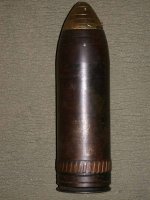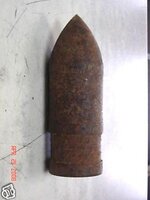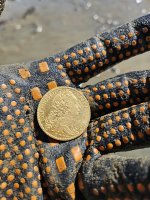keossvin
Full Member
- Mar 2, 2016
- 239
- 100
- Detector(s) used
- garret ace 250, garret ace 300I
- Primary Interest:
- Relic Hunting
Lot of ID's needed on ww2 stuff..
Hello fellow diggers,
I went to the 'grebbeberg' today, its a small mountain with a lot of ww1 and ww2 history. (In the Netherlands)
I found these weird pieces and think most of them are grenade fragments.
If they are fragments can someone tell me from what grenade or artillery shell?
I'm very interested in the most upper left one, i've never seen anything like it.
The first 2 photos are front and backside of the possible fragments, The 2euro coin is about the size of a dollar coin.
In the last 2 photos I got some weird items
A small lead ball, a possible fuse ? Or weird screw(on the side of the screw are the letters DCO) , and a modern of military popper ?
Any help is appreciated !!
Sorry for my broken english, english isnt my mother tongue..




Verzonden vanaf mijn iPhone met Tapatalk
Hello fellow diggers,
I went to the 'grebbeberg' today, its a small mountain with a lot of ww1 and ww2 history. (In the Netherlands)
I found these weird pieces and think most of them are grenade fragments.
If they are fragments can someone tell me from what grenade or artillery shell?
I'm very interested in the most upper left one, i've never seen anything like it.
The first 2 photos are front and backside of the possible fragments, The 2euro coin is about the size of a dollar coin.
In the last 2 photos I got some weird items
A small lead ball, a possible fuse ? Or weird screw(on the side of the screw are the letters DCO) , and a modern of military popper ?
Any help is appreciated !!
Sorry for my broken english, english isnt my mother tongue..




Verzonden vanaf mijn iPhone met Tapatalk








